Exhibition: 1st April 2023 – 2026
Curators: Maike Steinkamp and Joachim Jäger, Neue Nationalgalerie.
Gerhard Richter (German, b. 1932)
Skull
1983
Oil on canvas
55 x 50cm
Continuing our Gerhard Richter odyssey travelling through the bodies of his work, from ‘photo-paintings’ to huge abstract squeegee paintings (see the trailer from the excellent film Gerhard Richter Painting below) to different ‘overpainted photographs’ from last week’s posting on the subject.
“The works in this exhibition highlight the tension between abstraction and figuration, between photography and painting, which underlies Richter’s entire oeuvre.”
Enjoy!
Dr Marcus Bunyan
Many thankx to the Neue Nationalgalerie for allowing me to publish the art works in the posting. Please click on the photographs for a larger version of the image.
Gerhard Richter Painting (Trailer)
Installation view of the exhibition Gerhard Richter. 100 Works for Berlin, State Museums in Berlin, Neue Nationalgalerie, April 1, 2023 to 2026 showing at centre, Tante Marianne (Aunt Marianne) (1965/2019, below); and at right, Skull (1983, above)
© Gerhard Richter 2023
Photo: David von Becker
Installation view of the exhibition Gerhard Richter. 100 Works for Berlin, State Museums in Berlin, Neue Nationalgalerie, April 1, 2023 to 2026 showing at left, Tante Marianne (Aunt Marianne)(1965/2019, below); and at right, Uncle Rudy (1965/2000, below)
© Gerhard Richter 2023
Photo: David von Becker
Gerhard Richter (German, b. 1932)
Uncle Rudy
1965/2000
Photo-painting
87 x 50cm
Edition 111
… One Always Paints One’s History Gerhard Richter
Richter’s ‘photo-paintings’ are based on photographs, images of celebrities and elements of consumer culture found in magazines and newspapers.
The mechanical process of copying photographic images is tempered by Richter’s characteristic ‘blurring’ of the painted image. Made by lightly brushing the wet pigment with a soft brush, this alteration of the painted surface parallels our actual perception of the world which is always passing, in flux and never fixed and still.
A family photograph album was one of the few items Richter took with him when he fled Dresden for the West and some of these family snapshots provided the basis for early photo-paintings whose muted blue, brown and grey tones, resemble historical photographs. Blurring and other treatments of the painted surface are Richter’s means of maintaining the emotional distance, stillness and banality of such photographs while communicating the weight of historical events and physical reality.
Works such as Aunt Marianne [below] and Uncle Rudi [above] sit at the intersection of personal and national histories yet are treated in a similar manner to found, anonymous images from the media. The truths behind the blurred veil of these family portraits were in some cases only explicit years after their making. For example, Richter was unaware of the tragic life story of his Aunt and her death in a Nazi sanatorium when he painted their double portrait, which includes the artist as a baby in the foreground.
Anonymous. “Gerhard Richter’s Remarkable Command of Style and Genre,” on the QAGOMA website 20 Dec 2017 [Online] Cited 17/10/2023
Gerhard Richter (German, b. 1932)
Tante Marianne (Aunt Marianne)
1965/2019
Photo-painting
100 x 115cm
Freedom
Freedom can often require leaving something or someone behind. It comes at a price.
When Gerhard Richter left East Germany in March 1961 he had to do it covertly. He travelled as a tourist alone, first to Moscow and then to Leningrad. On the return the train stopped at West Berlin where Richter stashed additional suitcases he had brought with him, before returning to Dresden to collect his wife, Marianne Eufinger, known as ‘Ema’.
The borders between the Communist, German Democratic Republic and West Germany were being sealed — just months away from the erection of the Berlin Wall that was to divide the two Germanys for 28 years until its demolition in 1989. Trains and subways were still operating between the Soviet-occupied East and West Berlin making it the last remaining link to the free west.
Richter had a friend drive himself and Ema from Dresden to East Berlin where they boarded a train (without suitcases, which drew suspicion) for the western sector of Berlin where they registered as refugees. Between 1958 and 1961, 700,000 people fled East Germany for the West. Richter’s parents were never allowed to leave East Germany or to visit their son. They died in 1967 and 1968.
Richter was nearly thirty years old when he left East Germany. In Dusseldorf, where he studied and eventually taught, he began to number his works and reject almost everything he had done that was associated with his previous life. But your past never leaves you.
Richter has never been defined by a specific style and has used a variety of materials, techniques and methodologies during his career, like many young artists today. This represented a creative freedom for Richter who had spent more than a decade as a student and young apprentice in East Germany painting murals and making art within the narrow socialist confines of the German Democratic Republic. His academic training in Dresden did however, equip him with skills and technical facility that found expression later in still life paintings, portraits and landscapes.
Memory
The late writer, critic and essayist, John Berger once asked the question,
‘What served in place of the photograph; before the camera’s invention? The expected answer is the engraving, the drawing, the painting. The more revealing answer might be: memory’.
Photographs have been central to the art of Gerhard Richter. One of the few things he took with him to West Germany was a family album of photographs – some of which became the basis for later paintings. After arriving in West Germany, Richter began to systematically collect photographs, clippings from magazines and books and eventually took many thousands of his own photographs. This accumulation of photographic and reproduced images became the basis for his vast life-long project called Atlas.
Richter’s Atlas includes an extraordinary range of imagery, from harrowing images of the Holocaust to tender images of his children. It was created at a time before digital photography became so common place – when photographs were understood to be a trace of something or some time. Like footprints, fossils, markings on a tree – traces of what has been. Digital technology has changed photography from something we once looked at and reflected upon to something we Send. Once they were an index of memory, now we distribute them in their millions, and forget them.
David Burnett. “5 Thing to Know About Gerhard Richter,” on the QAGOMA website 20 Dec 2017 [Online] Cited 17/10/2023
Gerhard Richter (German, b. 1932)
Herr Heyde
1965/2001
Photo-painting
54.8 x 64cm
Edition 119
A special exhibition by Nationalgalerie – Staatliche Museen zu Berlin
“Gerhard Richter. 100 Works for Berlin” shows for the first time the long-term loan of the Gerhard Richter Kunststiftung to the Nationalgalerie. The central work in the exhibition, held in the Grafisches Kabinett of the Neue Nationalgalerie, is the series “Birkenau” (2014), consisting of four large-format, abstract paintings. “Birkenau” is the result of Richter’s long and in-depth engagement with the Holocaust and the possibilities of representing it. Alongside the “Birkenau” series, other works from various phases of Richter’s career will be exhibited, among them “Squatters’ House” (1989), “4900 Colours” (2007), and “Strip” (2013/2016). There is also another large group of works from Richter’s striking series of overpainted photographs, in which he addresses the tension between photography and painting. The exhibition has been realised in close collaboration with the artist.
In an oeuvre spanning six decades, Richter (b. 1932 in Dresden) has repeatedly explored the possibilities and limits of painting. The works in this exhibition highlight the tension between abstraction and figuration, between photography and painting, which underlies Richter’s entire oeuvre. From the 1960s onwards, he addressed the question of whether or not art was still possible after the Holocaust and the terror regime of National Socialism. Since then, Richter, who moved from East Germany to West Germany in 1961, has repeatedly addressed the topic of German history and his own family history. In this exhibition we are displaying photo editions of the paintings “Aunt Marianne”, “Uncle Rudi”, and “Mr. Heyde”, which Richter painted based on photographs and rendered blurry by smudging the oil paints. For him this was a way to avoid direct depiction.
He is also concerned with the refusal of a direct image in his abstract paintings, which he has made since 1976. Richter now paints with intense colour and in several layers. The paint is applied with a squeegee, mixed and at the same time partially scraped off again. Layers of colour tear open and the lower surfaces shine through, which gives the image a pronounced, deep structure. The result is an interplay between chance and conscious decision in which the process of creating the work of art remains visible.
In 1999 Richter made “Black, Red, Gold” (1999) for the entrance hall of the Reichstag building, which houses the German Bundestag, a work made of enamelled glass plates that he intends as a sign of a new beginning. In this exhibition we show the small-format glass work “Black, Red, Gold” (1999), which refers to the Bundestag version. It is presented in combination with two mirror works, the photo editions, and the paintings “Skull” (1983) and “Squatters’ House” (1989).
In the work “4900 Colours”, which is composed of 196 individual square panels, each of which is subdivided into 25 colour squares, Richter returned to the investigation of colour fields that he first undertook from 1966 to 1974. At the time, he was fascinated by industrially produced colour sample cards, their smooth perfection, their accuracy of colour reproduction and the possibilities of variation. The squares were the exact opposite of emotional emphasis, sublimity or expressiveness – that is, of properties that until then had seemed to be characteristic for painting. In 2007 he returned to the topic with two paintings, in the context of his work on the south transept window for the Cologne Cathedral and “4900 Colours”. For “Strip”, Richter divided the “Abstract Picture” (724-4) from 1990 into ever smaller segments by means of a computer-controlled process, stretched them out by mirroring the axes and rearranged the sections. The result is a combination of seemingly randomly-found striped motifs and their deliberate ordering by the artist. Both “Strip” and “4900 Colours” are a radical evolution of abstract painting in which Richter tested the boundaries of the medium once again and took it to its logical conclusion.
The notion of painting’s possibilities and limits also plays a central role in the cycle “Birkenau” from 2014. Richter’s starting point was four photographs from the Auschwitz-Birkenau concentration camp, secretly taken in August 1944 by Jewish prisoners who risked their lives to do so. They are the only known photographs from the extermination camp that were taken by the victims themselves and they were only published after the Second World War. In 1967 Richter had already included one of these photos in his “Atlas”. But it was not until the publication of these images in Georges Didi-Huberman’s book Images Despite Everything (2008), in which the French philosopher used them to analyse how the Holocaust could be represented, that Richter felt the impetus to address the subject again.
Richter transferred the four motifs with charcoal and oil paint to individual canvases and then decided to paint over them abstractly. With each additional layer of paint, the painted photographic originals disappeared a little more until they were finally no longer visible to the viewer. Richter thus carried out a process of abstraction, born of the conviction that he could not do justice to the incomprehensible horror of the Holocaust with a direct depiction. His abstract painting offers moments of form and colour that create a melancholic, thoughtful mood, especially in the many black and grey surfaces. The abstract does not exclude the figurative; instead, the works create a space between showing and not showing, enabling a broad range of open-ended reflection. Opposite the four “Birkenau” paintings is a large, grey, four-part mirror. Almost since the beginning, Richter’s paintings were accompanied by sculptures made of glass and mirrors, with which he explores the boundary between “natural” and “artistic” images in a variety of ways. The mirrors refer to an external reality and enable personal reflection for everyone in the room.
The relationship between abstraction and figuration, photography and painting, appears on a new level in the series “Overpainted Photos”, begun in 1986. These are small-format photographic prints, often 10 x 15 centimetres, which the artist draws from his own private collection: photos of museum visits, trips, walks or his family. Despite their small dimensions, they play an important role in the artist’s development: they embody the interface between abstract painting and the representation of a photographic image as no other group of artworks does.
In 2021 the Gerhard Richter Art Foundation committed a total of 100 artworks to the collection of the Nationalgalerie (National Gallery) as a permanent loan that will be on display at the Museum of the 20th Century upon its completion. From March through October 2021 the “Birkenau” cycle was on display in the Alte Nationalgalerie (Old National Gallery). Beginning in April 2023, the exhibition “Gerhard Richter. 100 Works for Berlin” will be shown in the Neue Nationalgalerie (New National Gallery). In the future, it will be presented with curatorial or artistic interventions in ever-changing contexts. Exhibition catalogues will be available.
In the future, this group of works will be on display in a dedicated room on the upper levels of the Museum of the 20th Century (now under construction). The exhibition in the Grafisches Kabinett (prints and drawings room) of the New National Gallery contains 41 paintings and mirrors, 20 overpainted photographs, and 31 colour sketches in a 500-square-metre space. All are loans from the Gerhard Richter Art Foundation to the Nationalgalerie.
Biography
Gerhard Richter was born on 9 February 1932 in Dresden. Between 1949 and 1950 he worked as a sign and stage painter, and in 1951 he was accepted at the Hochschule für Bildende Künste (Academy of Fine Arts) in Dresden. In 1956 he completed his studies in mural painting. In 1961, Richter moved from the GDR to the Federal Republic of Germany, where he began a second course of study at the Staatliche Kunstakademie Düs-seldorf (Düsseldorf Art Academy). There he began his artistic work on the threshold between painting and photography. Beginning in 1963, he made paintings based on illustrations and private photo albums, the motifs of which he slightly blurred.
From 1971 to 1994 Richter taught painting at the Düsseldorf Art Academy. At the same time he expanded his own spectrum of painting. Various groups of works – paintings, colour panels, landscapes, monochrome grey pictures, objects, mirror and glass – emerged in rapid succession. For his intensely coloured abstract paintings, which he has made since 1976 and which form the most extensive group in his oeuvre, he has used home-made squeegees in addition to paintbrushes since the early 1980s. With these tools he creates completely independent compositions shaped by chance. In between, Richter repeatedly painted smaller groups of realistic landscapes, still lifes, portraits and also history paintings, such as the cycle “18. Oktober 1977” (1988), in which he addressed the death of the RAF terrorists Andreas Baader and Gudrun Ensslin. In the “Overpainted Photographs”, which he has been making since 1986, the artist combines painting and photography in another unique way.
In 1998 Richter was commissioned to design the foyer of the Reichstag building, for which he created the “Black, Red, Gold”, consisting of six large-format enamelled glass panels. In 2007, Richter’s south transept window in the Cologne Cathedral is finished. At the same time, he created the monumental painting “4900 Colours”. From then on Richter focused more on glass, though he had already begun to use it in 1967. He also began to work with digital images. It was not until 2014 that Richter re-turned to painting. He painted the cycle “Birkenau”, in which he revisited his decades-long preoccupation with the Holocaust. In 2019 the artist founded the Gerhard Richter Art Foundation. In 2021 the foundation gave the Nationalgalerie one hundred works, including the “Birkenau” cycle, as a long-term permanent loan.
Text from the Neue Nationalgalerie
Gerhard Richter (German, b. 1932)
Besetztes Haus (695-3) (Occupied house (695-3))
1989
Oil on canvas
82 x 112cm
Gerhard Richter (German, b. 1932)
Schwarz, Rot, Gold (Black, Red, Gold)
1999
Resin paint on glass
99 x 99cm
Installation view of the exhibition Gerhard Richter. 100 Works for Berlin, State Museums in Berlin, Neue Nationalgalerie, April 1, 2023 to 2026 showing works from the series Birkenau (2014, below)
© Gerhard Richter 2023
Photo: David von Becker
Gerhard Richter (German, b. 1932)
Birkenau
2014
Oil on canvas
260 x 200cm
Gerhard Richter (German, b. 1932)
Birkenau
2014
Oil on canvas
260 x 200cm
“Birkenau” by Gerhard Richter
Gerhard Richter, one of today’s most important artists, created an abstract painting entitled Birkenau in 2014. In the four-part work, which consists of large-format paintings of equal size, Richter used as his models authentic photographs that were secretly taken in 1944 by the Sonderkommando (special task force) of the Jewish prisoners in the Auschwitz-Birkenau concentration camp. Among other things, the Sonderkommando was responsible for burning the bodies from the gas chambers.
A Polish resistance group smuggled a camera with a black and white film into the camp, and this was later used to take a total of seven photos. A Polish woman, Helena Datoń, then brought the film out of the camp in a toothpaste tube, thereby enabling the photographs to be published. These photos later became famous because they were used as vital evidence of the unspeakable crimes in Birkenau.
Through the discussion on the creation of Richter’s work Birkenau, these shocking photographs finally have become a special part of public memory. At the same time the artist has completely concealed them in his work, thus making them invisible. This makes his painting a remarkable place of remembrance.
…
In 2008 Gerhard Richter first saw four reproductions of the photographs taken at that time in the Frankfurter Allgemeine Zeitung, dated 11th February. Fascinated by the impact of the photographs he decided to include them in his collection of photographs and motifs (the famous Atlas), which constitute, as it were, a documentation of his iconographic memory. He finally completed painted copies of the four photographs and hung them in his studio. Soon after that, he decided to use them as models for a work that was to bear the title Birkenau. After numerous considerations and studies he produced the final version in 2014, consisting of four large-format abstract paintings (oil on canvas, each measuring 260 x 200 cm).
Richter, however, made the Birkenau originals completely invisible by painting over them. Birkenau thus became a purely abstract work. However, the title, the documentation provided by the artist and the museum presentation, in which the work was consequently exhibited along with the photographic originals, make the original templates present in a more than subtle way. The knowledge of the original photos is thus constantly present.
Since the first presentation of the work in the Museum Frieder Burda in Baden-Baden in 2016, the creation process, its impact and the manifold contexts of Richter’s Birkenau have been frequently and extensively described, reviewed and interpreted.[8] It is significant, however, “that the work, which is dedicated to the Holocaust, is also a remarkable memorial of the history of Poles in Germany, something that the artist has personally acknowledged.[9] Without the Polish resistance movement Richter’s Birkenau would not have existed.
By covering the visible source of this memory with a painterly gesture, Richter has constructed a place of remembrance and stimulated a debate on the subject.[10] He creates a balance between the memory and the aesthetics of the abstract, which allows a peculiar double existence of both areas. Out of respect for what happened in the Birkenau camp, Richter does not show the harrowing documents, but makes them tangible and tangible in his paintings through artistic means. The artistic work entitled Birkenau contains the camp Birkenau, “present but not visible”.[11]
The artist addresses what is probably the darkest chapter in human history and takes viewers on a tightrope walk between memory and aesthetics, cruelty and beauty, bewilderment and curiosity, leading them to the borderline between what is obvious and what is being repressed. However, in the end aesthetics win out: the painting is what Richter as an artist has to contribute to this theme. It is an “image in spite of everything,” which, as Richter observed, is primarily intended to provide us with solace.[12]
[8] See above all: Gerhard Richter, Birkenau, Museum Frieder Burda, Köln 2016 and Benjamin H.D. Buchloh, Gerhard Richters Birkenau-Bilder, Köln 2016
[9] Jacek Barski: Conversations with Gerhard Richter on 12. and 26. March 2018
[10] Paul Valéry (1871-1945) referred to the paradox of memory in his Cahiers (1921-1922): “Sensitivity is the instantaneous / incessant / phenomenon that charges the ‘memory’ in a certain direction – through quanta; and that discharges it again – again through quanta – in the same direction. If the charge ‘memory’ itself is felt, then we are dealing with the phenomenon of expectation. Waiting means perceiving an upgrowth. However, the discharge not only reduces the charge, but also allows it to grow or at least makes it more suitable for all dischargers… Memory is therefore not accumulation, but construction. The content of memory is an act – a current event”; Paul Valéry, Cahiers, Paris 1973-1974, quoted from the German edition: Frankfurt am Main, 1989, volume 3, p. 441.
[11] “Present but not visible” is part of the postmodern discourse as a dictum at the latest since 2006 (year of publication of Thomas Pynchon’s Against the Day, New York, 2006, German Edition Against the Day, see here p. 593).
[12] In the place indicated
Jacek Barski. “”Birkenau” by Gerhard Richter,” on the Porta Polonica website March 2020 [Online] Cited 24/10/2023
Gerhard Richter (German, b. 1932)
Birkenau
2014
Oil on canvas
260 x 200cm
Gerhard Richter (German, b. 1932)
Birkenau
2014
Oil on canvas
260 x 200cm
Installation view of the exhibition Gerhard Richter. 100 Works for Berlin, State Museums in Berlin, Neue Nationalgalerie, April 1, 2023 to 2026 showing at left, Abstract painting (2016); and at right, Abstract painting (2017)
© Gerhard Richter 2023
Photo: David von Becker
Exhibition text
Over decades of artistic production, Gerhard Richter has repeatedly explored the possibilities and limits of painting. His work constantly alternates between figuration and abstraction.
From the very beginning, Richter was concerned with the question of whether or not art was still possible after the Holocaust and the terror regime of National Socialism. Photo editions in the exhibition recall Richter’s early, significant works on this subject. He found a multi-layered and globally acclaimed artistic response in 2014 with the painting cycle “Birkenau.” The four paintings are the central work of this presentation. The starting point is photographs from the Auschwitz-Birkenau concentration camp. Richter transferred the motifs with charcoal onto four canvases and then decided to paint over them abstractly. With each layer of paint, the painted copies of the photographs disappeared a little more until finally they were no longer visible to the viewer. The “Birkenau” series is juxtaposed with a four-part grey mirror, which actively involves us, the viewers, in the work and invites us to reflect.
The exhibition also presents artworks from various creative phases. Above all, Richter’s colour-intensive, abstract pictures, such as the series “Aladdin” (2010), are on display. The monumental paintings “4900 Colours” (2007) and “Strip” (2013/2016) are also shown here. In the case of the latter, 2 x 10 metre work, Richter prepared it with the support of an image-generating computer programme. Two other groups of works created in recent years include the significant series “Overpainted Photographs” and the luminous colour sketches.
The presentation was developed in close collaboration with the artist. In the future, interventions by artists from in various fields will present Gerhard Richter’s art in ever-new contexts.
Text from the Neue Nationalgalerie
Gerhard Richter (German, b. 1932)
13.2.98
1998
Painted over photograph
10.0 x 14.8cm
Gerhard Richter (German, b. 1932)
25.2.98
1998
Painted over photograph
10.0 x 14.8cm
Gerhard Richter (German, b. 1932)
28.2.98
1998
Painted over photograph
10.0 x 14.8cm
When Gerhard Richter first started painting over photographs in the early 1990s he realised that these small works summarised much of what he was trying to achieve on a larger scale. By adding thick paint to the seamless ‘perfect’ surface of a photograph, the integrity of something we take for granted and habitually accept as representing reality, is compromised and thrown into question. Gerhard Richter’s abstract paintings often appear similar at first glance. Only when we have the opportunity to see several together, do we begin to see the subtle nuances and often radical differences between them. Gerhard Richter has said on many occasions that he distrusts the world as it is represented through photographs, the media, religion and ideologies. For him painting provides the means to apprehend the world through a language not made of words but of acts of looking, thinking, gestures, doubt and hope. Painting has a language of its own and can only be understood through resisting the temptation to describe it with words.
Anonymous. “Gerhard Richter’s Remarkable Command of Style and Genre,” on the QAGOMA website 20 Dec 2017 [Online] Cited 17/10/2023
Gerhard Richter (German, b. 1932)
17. Nov 99
1999
Painted over photograph
10.0 x 14.8cm
Gerhard Richter (German, b. 1932)
20.6.05
2005
Painted over photograph
10.0 x 14.8cm
Gerhard Richter (German, b. 1932)
Aladdin
2010
Lacquer behind glass on aluminium Dibond
40 x 50cm
Gerhard Richter (German, b. 1932)
MV. 133
2011
Painted over photograph
10.1 x 15.1cm
Gerhard Richter (German, b. 1932)
MV. 134
2011
Painted over photograph
10.1 x 15.1cm
Gerhard Richter (German, b. 1932)
MV. 136
2011
Painted over photograph
10.1 x 15.1cm
Gerhard Richter (German, b. 1932)
MV. 140
2011
Painted over photograph
10.1 x 15.1cm
Gerhard Richter (German, b. 1932)
MV. 142
2011
Painted over photograph
10.1 x 15.1cm
Gerhard Richter (German, b. 1932)
19. März 2015
2015
Painted over photograph
10.0 x 14.8cm
A common response by many thousands of people following the attacks on the World Trade Centre on September 11 2001 was incomprehension. The ‘reality’ of the situation was almost impossible to accept or understand. The event was immediately and constantly compared to a movie. The French theorist, Jean Baudrillard commented that the repeated broadcasts of the footage served ‘to multiply it to infinity and, at the same time, they are a diversion and a “neutralisation” – the more we see the events, the less comprehensible they become’.
Baudrillard was interested in the way that photographic media affect our perception of reality and the world. He believed that the overwhelming amount of imagery that we consume in the forms of television, film and video, computer games and the internet results in a ‘hyperreality’, a simulation of the real.
Gerhard Richter said that, ‘Photography has almost no reality; it is almost a hundred per cent picture. And painting always has reality: you can touch the paint; it has presence; but it always yields a picture – no matter whether good or bad. … I once took some small photographs and then smeared them with paint. That partly resolved the problem, and it’s really good – better than anything I could ever say on the subject’.
David Burnett. “5 Thing to Know About Gerhard Richter,” on the QAGOMA website 20 Dec 2017 [Online] Cited 17/10/2023
Gerhard Richter (German, b. 1932)
22.6.16
2016
Painted over photograph
12.6 x 18.8cm
Gerhard Richter (German, b. 1932)
25.6.16 (1)
2016
Painted over photograph
12.6 x 18.7cm
Gerhard Richter (German, b. 1932)
Abstract painting
2016
Oil on wood
200 x 250cm
Gerhard Richter (German, b. 1932)
Abstract painting
2016
Oil on wood
175 x 250cm
Many of Richter’s large abstract paintings also derive from an observation of natural phenomena: ‘They do set up associations. They remind you of natural experiences, even rain if you like’.
In his abstract paintings, Richter uses a squeegee to rub and scrape the paint across his canvases to create a blurring of one area of colour into another. Often there’s a feeling that you’re looking at an out of focus photograph.
Gerhard Richter (German, b. 1932)
Abstract painting
2016
Oil on wood
40 x 30cm
Installation view of the exhibition Gerhard Richter. 100 Works for Berlin, State Museums in Berlin, Neue Nationalgalerie, April 1, 2023 to 2026 showing Richter’s work, 4900 colours (2007, detail below)
© Gerhard Richter 2023
Photo: David von Becker
Gerhard Richter (German, b. 1932)
4900 colours (detail)
2007
680 x 680cm
(196 panels, each 48.5 x 48.5cm)
Installation view of the exhibition Gerhard Richter. 100 Works for Berlin, State Museums in Berlin, Neue Nationalgalerie, April 1, 2023 to 2026 showing at left, Richter’s work, Tante Marianne (1965/2019, above); and at centre right, Strip (930-3) (2013/2016, below)
© Gerhard Richter 2023
Photo: David von Becker
Installation view of the exhibition Gerhard Richter. 100 Works for Berlin, State Museums in Berlin, Neue Nationalgalerie, April 1, 2023 to 2026 showing at centre, Richter’s work Strip (930-3) (2013/2016, below)
© Gerhard Richter 2023
Photo: David von Becker
Installation view of the exhibition Gerhard Richter. 100 Works for Berlin, State Museums in Berlin, Neue Nationalgalerie, April 1, 2023 to 2026 showing Richter’s work, Strip (930-3) (2013/2016, below)
© Gerhard Richter 2023
Photo: David von Becker
Gerhard Richter (German, b. 1932)
Strip (930-3)
2013/2016
Digital printing on paper between Alu-Dibond and Perspex
200 x 1000cm
Gerhard Richter (German, b. 1932)
Strip (930-3) (detail)
2013/2016
Digital printing on paper between Alu-Dibond and Perspex
200 x 1000cm
Kulturforum, Neue Nationalgalerie
Potsdamer Straße 50, 10785 Berlin
Opening hours:
Tue + Wed 10am – 6pm
Thu 10am – 8pm
Fri – Sun 10am – 6pm









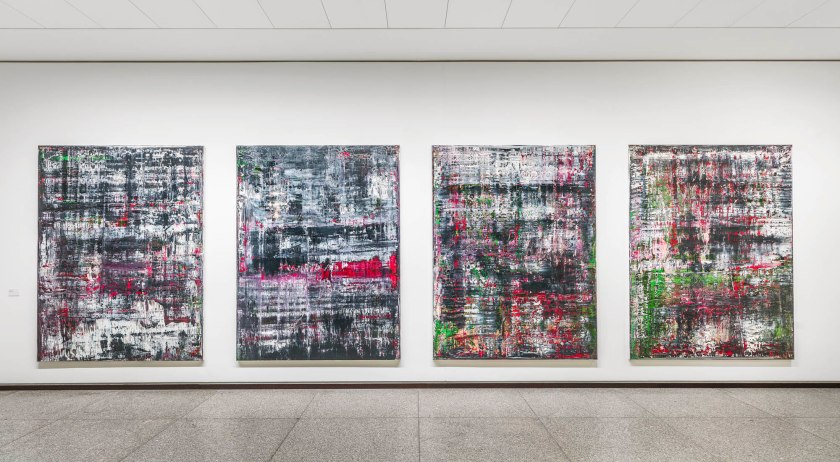







































![Edward Steichen (American, 1879-1973) 'Bird in Space' [L'Oiseau dans l'espace] 1926 Edward Steichen (American, 1879-1973) 'Bird in Space' [L'Oiseau dans l'espace] 1926](https://artblart.com/wp-content/uploads/2018/07/edward-steichen-bird-in-space-sculpture-by-brancusi-1926-web.jpg?w=650&h=870)
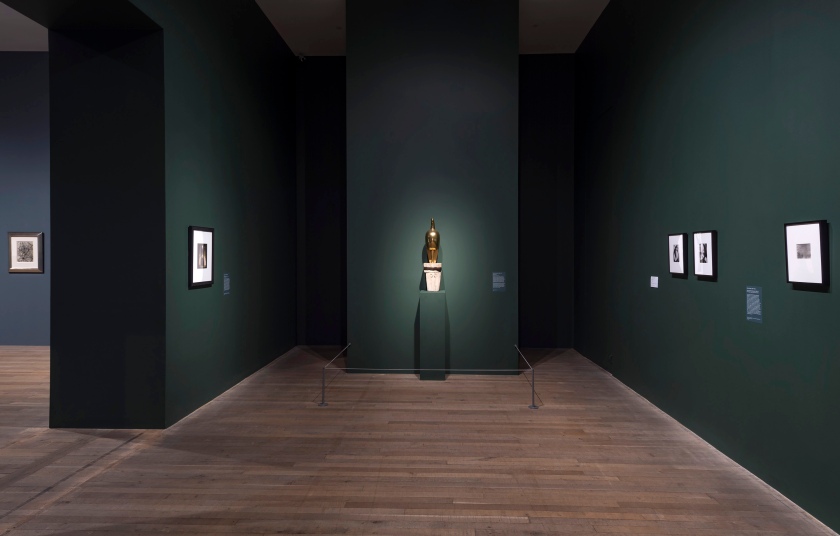

























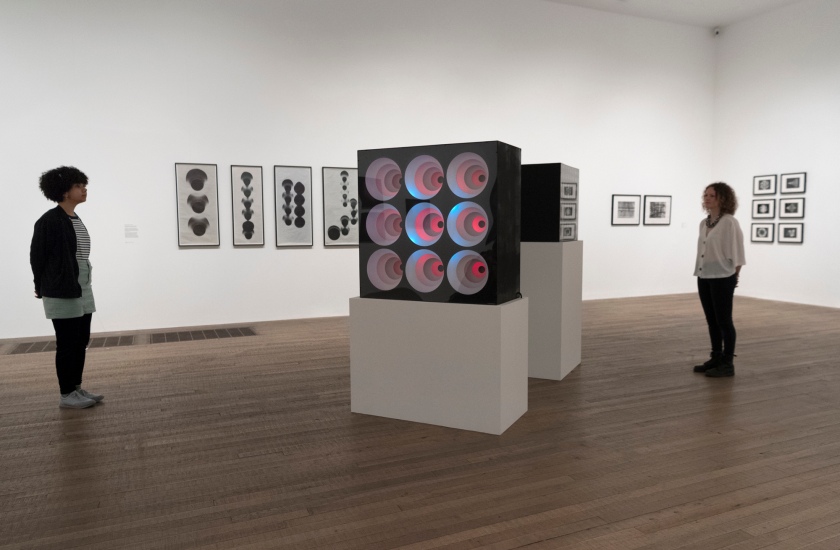























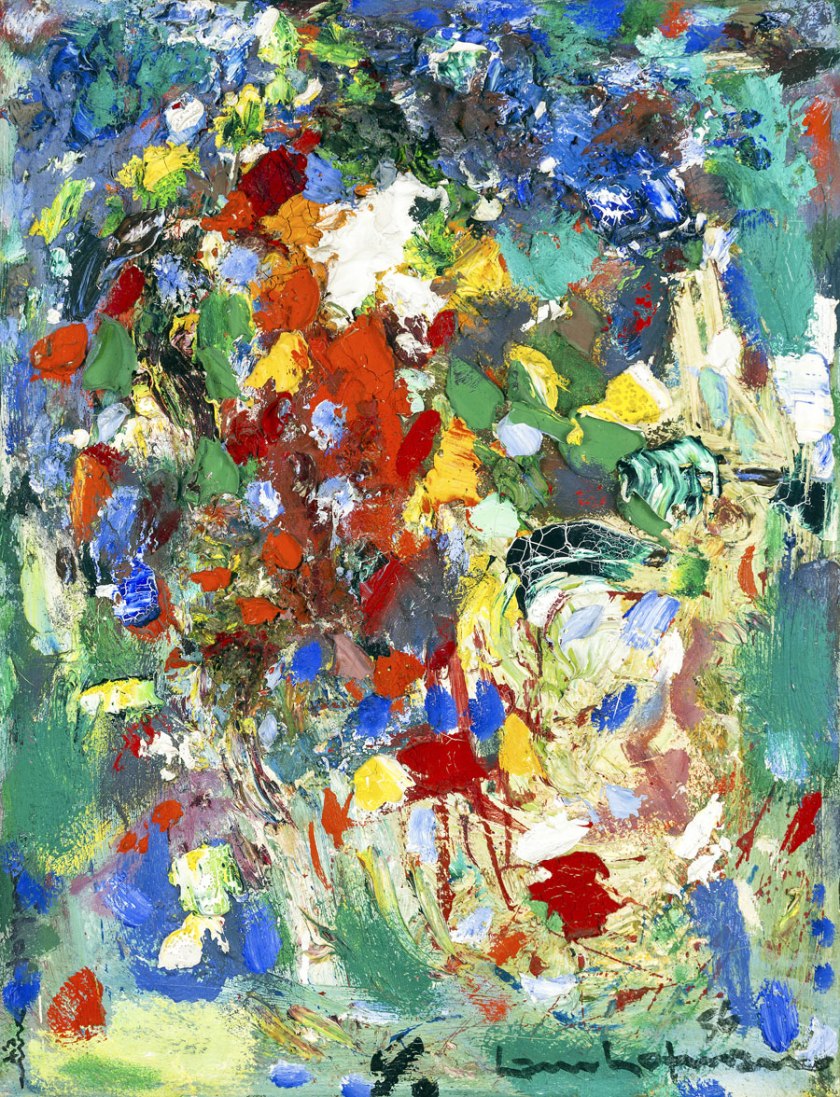













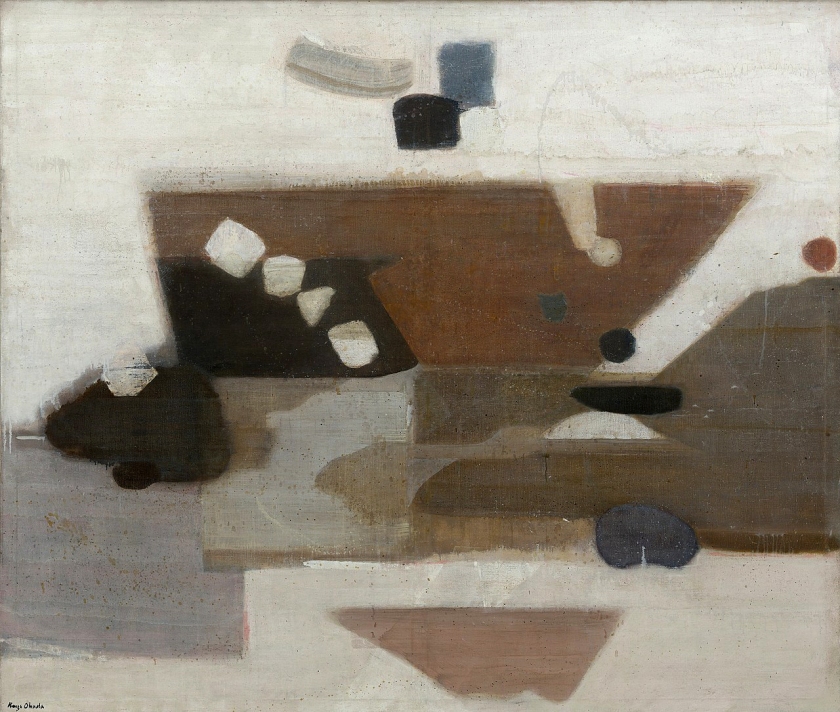

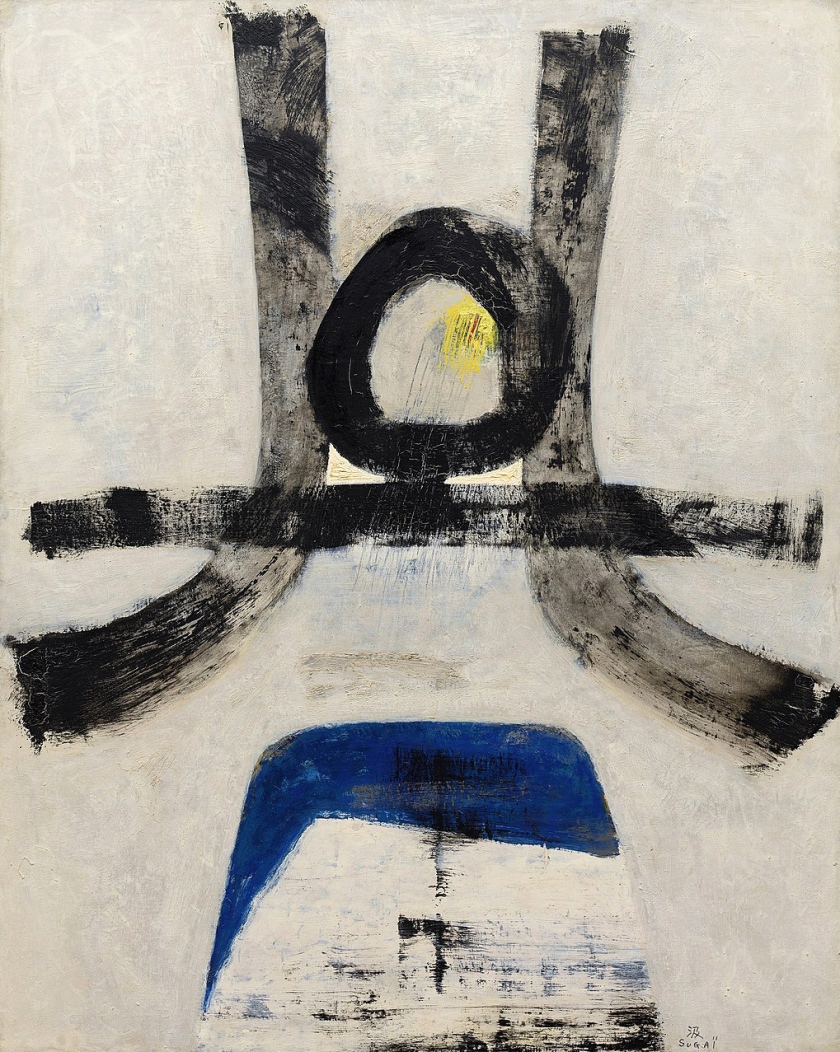
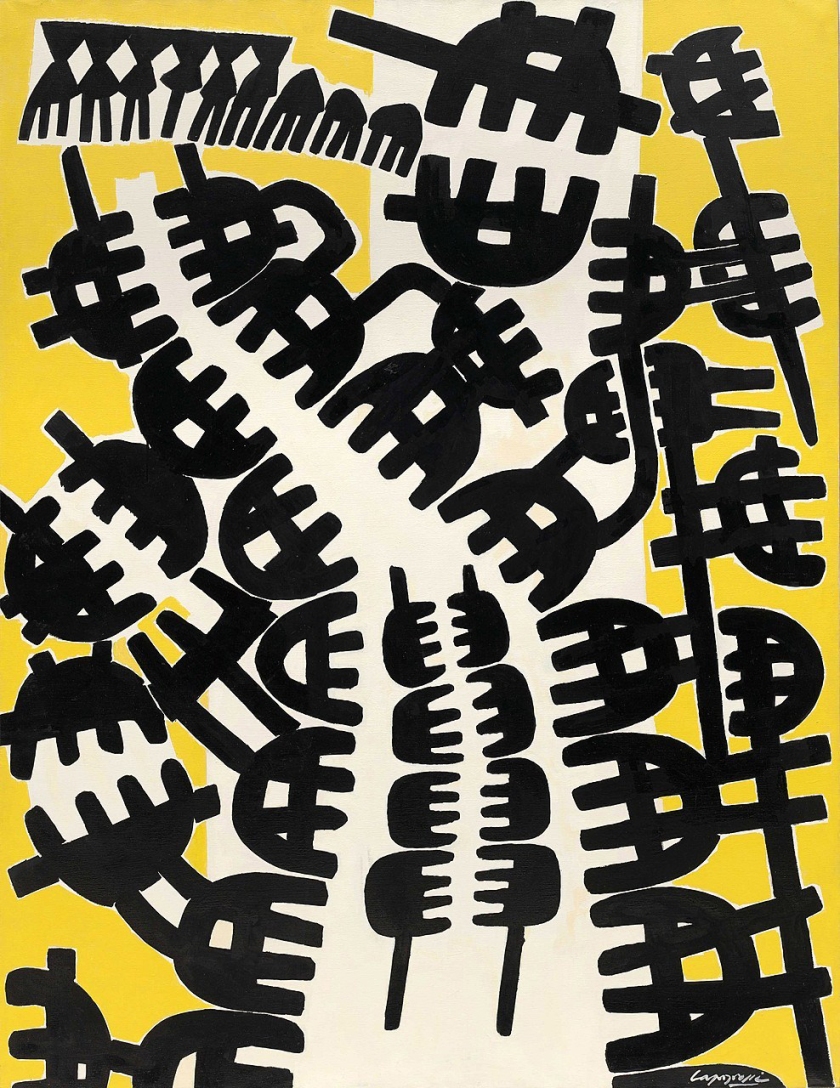
![Takeo Yamaguchi.
'Work - Yellow (Unstable Square [Fuantei shikaku])' 1958
Takeo Yamaguchi.
'Work - Yellow (Unstable Square [Fuantei shikaku])' 1958](https://artblart.com/wp-content/uploads/2012/08/takeo-yamaguchi-web.jpg?w=840&h=835)




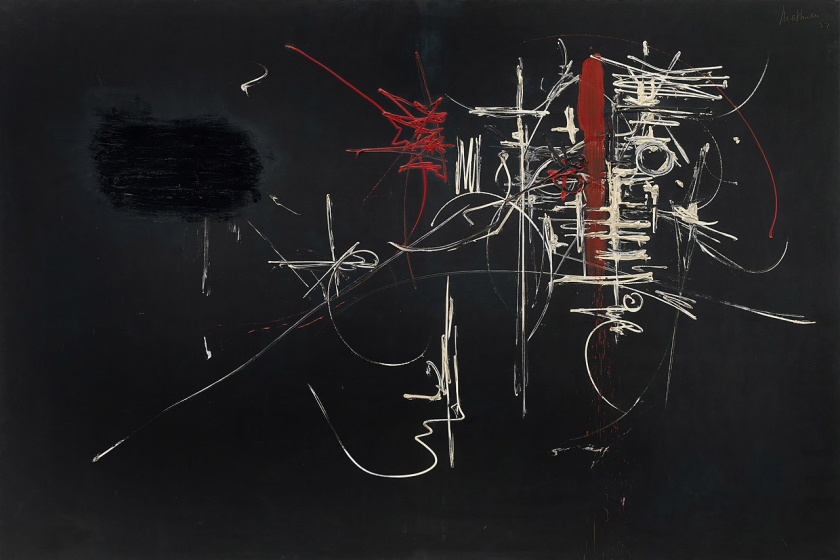

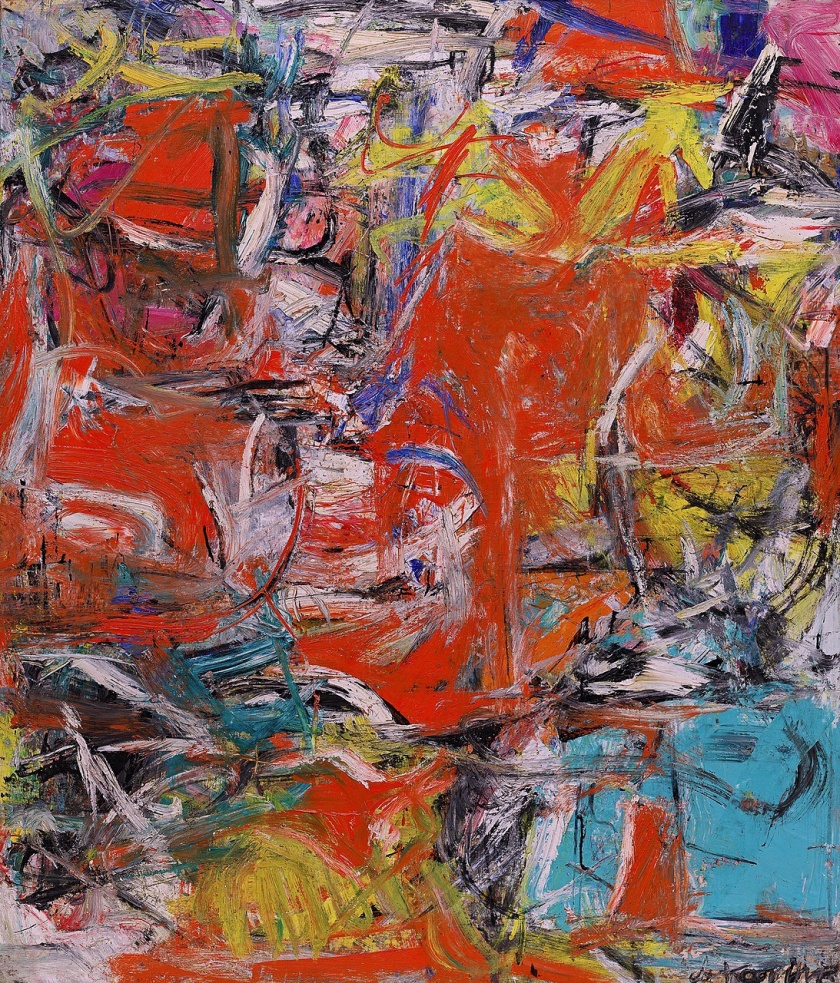

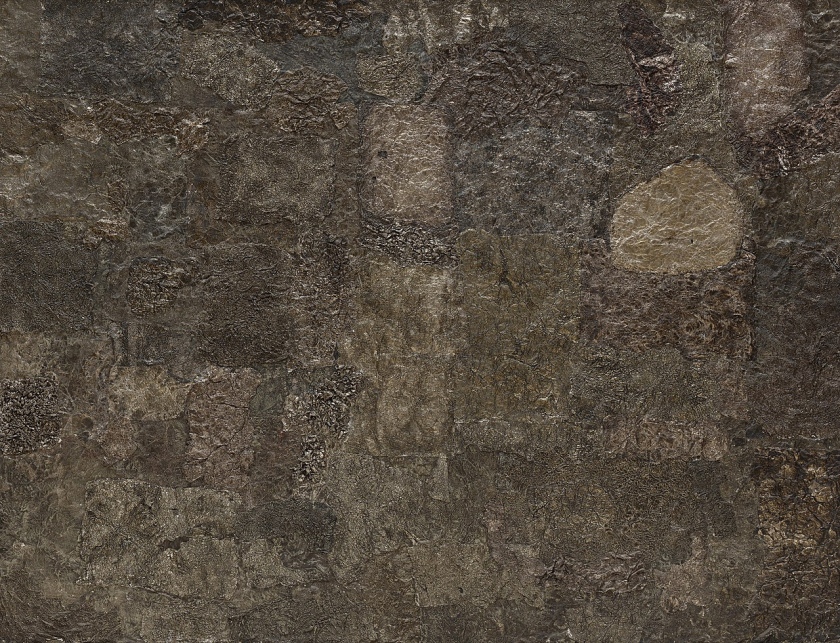

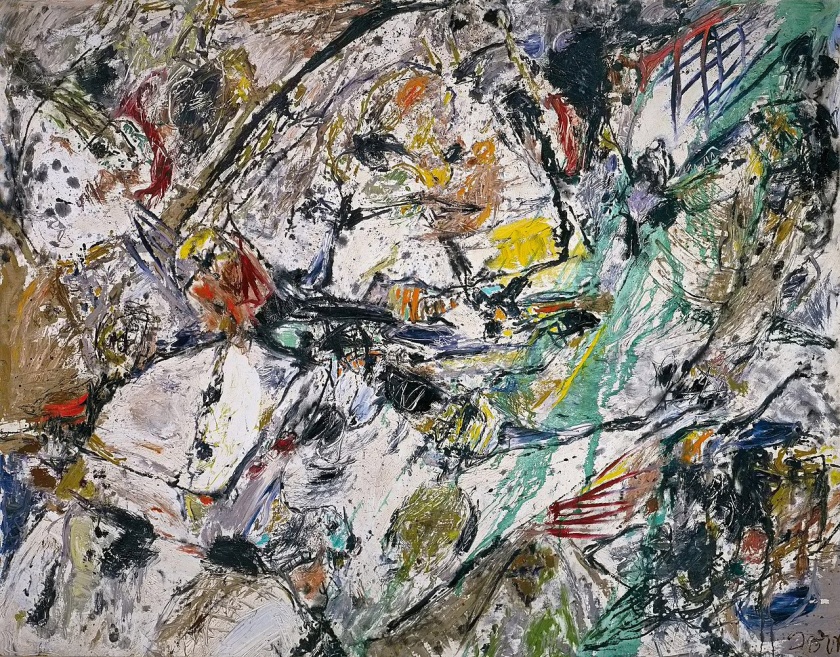
![Yves Klein (French, 1928-1962) 'Large Blue Anthropometry (ANT 105) [La Grande Anthropométrie Bleue (ANT 105)]' c. 1960](https://artblart.com/wp-content/uploads/2012/09/klein-large-blue.jpg?w=840)




























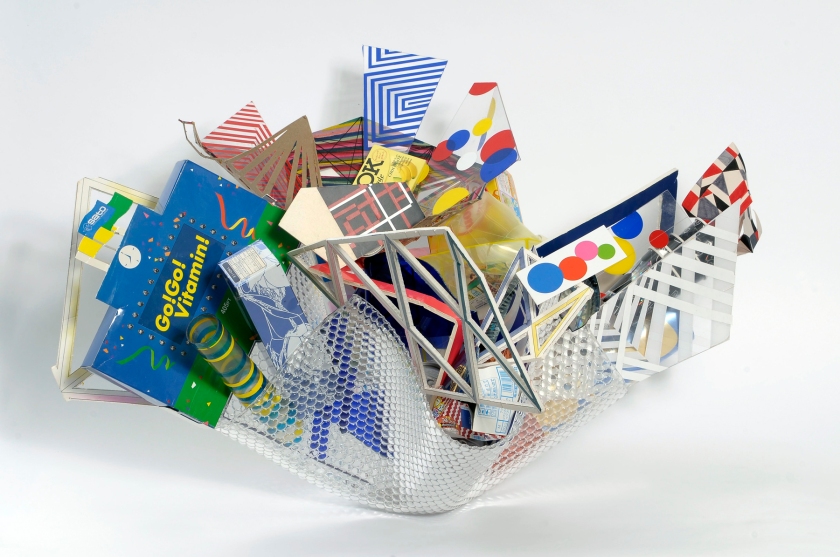



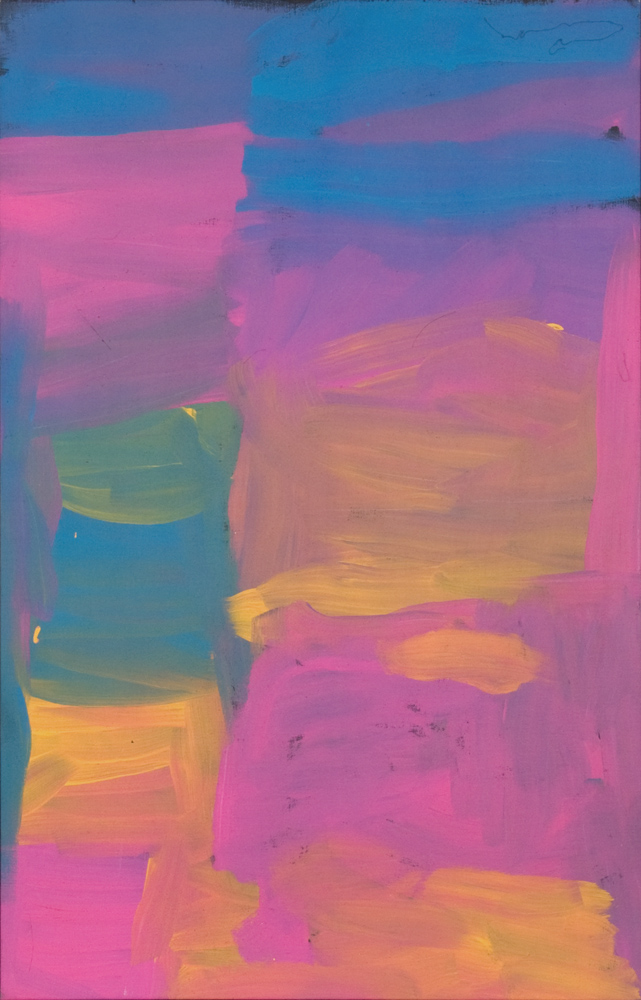



You must be logged in to post a comment.